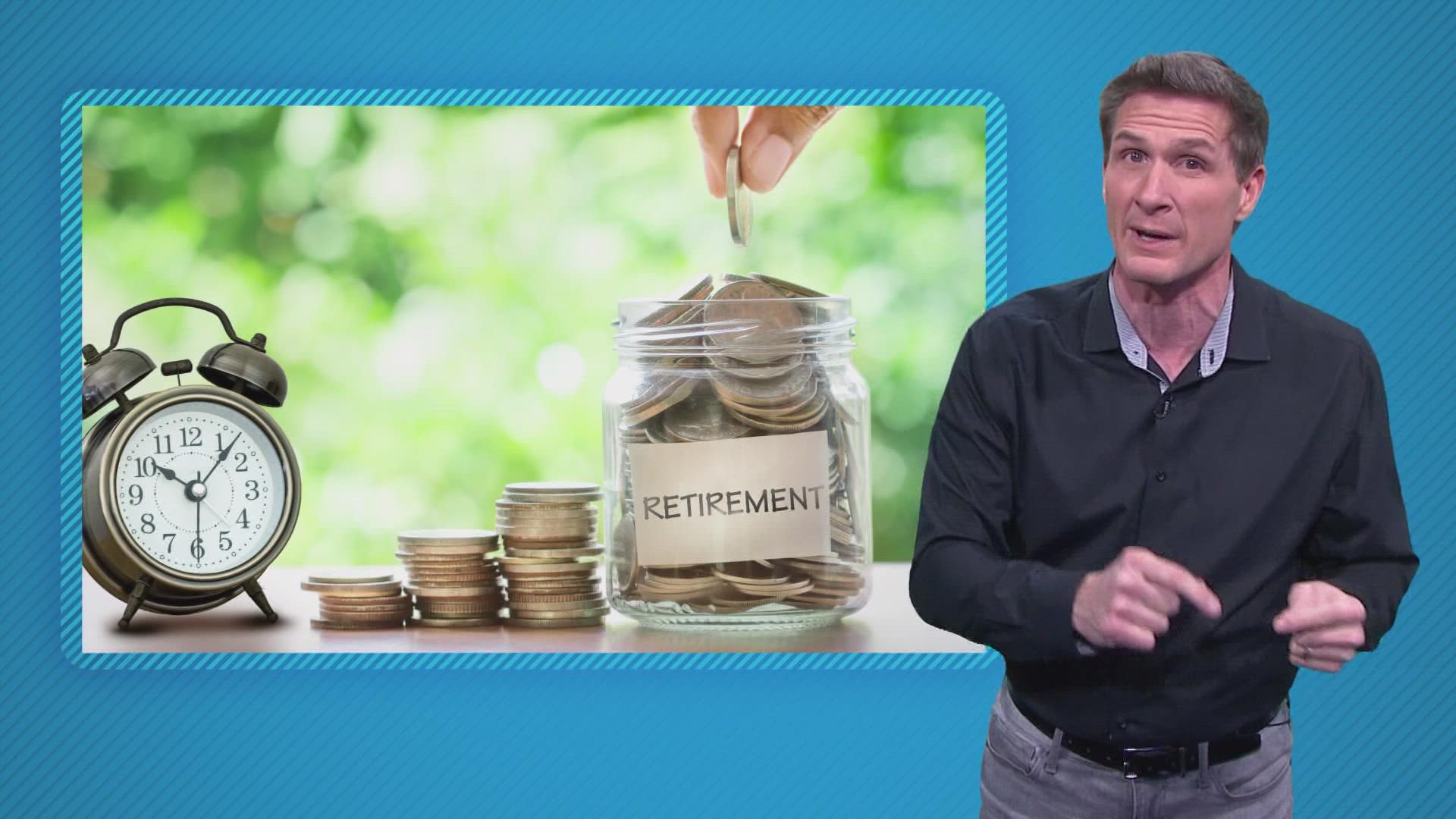DALLAS — You may have still been all wrapped up in the holidays on Dec. 29 of last year when something happened that could have a significant impact on your retirement plans.
This is something we put on the Right on the Money radar in September 2022, when we reported about the expected passage of the so-called "Secure 2.0 Act" -- federal legislation that includes a lot of substantial changes to encourage Americans to save for retirement.
In case you missed it, that act was passed by Congress and was signed into law by President Joe Biden on Dec. 29.
This act contains important provisions.
Retirement account changes coming
First off, it delays the age at which you must begin taking required minimum distributions (RMDs) from retirement accounts. This affects 401(k) plans and many others. The required starting age has moved to 73 starting in 2023. It was 72.
The age will eventually go up to 75. That basically means you can let your retirement money sit there and keep growing longer before you must begin receiving it.
The act also lays out how, by 2025, most workers will be automatically enrolled if their employer has a 401(k) or 403(b) plan. Workers who are auto enrolled would be able to then opt out if they choose. The thinking is this will make more people get involved in saving for life after work.
The new law also phases in automatic annual one-percent increases to how much employees contribute to their 401(k) or 403(b) accounts, and it increases catch-up limits for older workers to add in extra money for their retirement.
Usually, to get matching contributions from your employer, you have to contribute to your retirement plan. But starting in 2024, if you are paying on student loans, your employer can make matching payments to your 401(k) or 403(b) based just on your loan payments.
Also, around the end of 2024, this law will create a lost-and-found, where you can search to see if you have a lost retirement account. That could happen, for instance, if you worked somewhere long ago and didn’t take your account balance with you when you left. See more details about Secure 2.0 Act here.
Changes in 2023
Meanwhile, because of inflation, the limit on how much you can contribute to your 401(k) or 403(b) plan is $2,000 more in 2023. You can now put away up to $22,500. If you are older than 50, add in the more generous $7,500 allowance for catch-up contributions, and you can contribute a maximum of $30,000 to your retirement plan account. These numbers don’t include employer matches.
Some people might think an additional $2,000 per year sounds insignificant. But if you were to start saving that much more into your retirement account now and you kept doing that going forward, it could make a tremendous difference over time. You can see for yourself by toying with the numbers on retirement calculators like this one.

